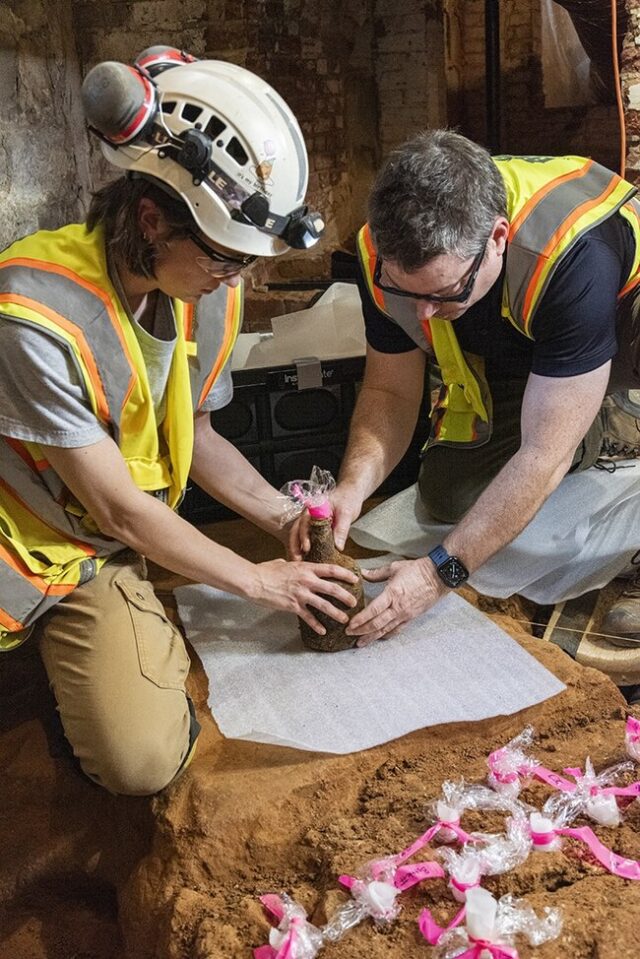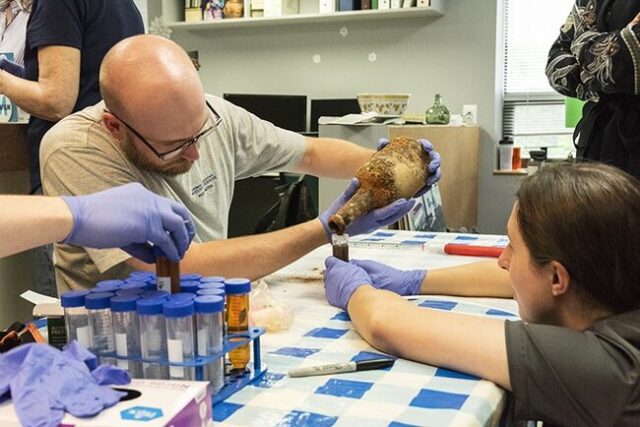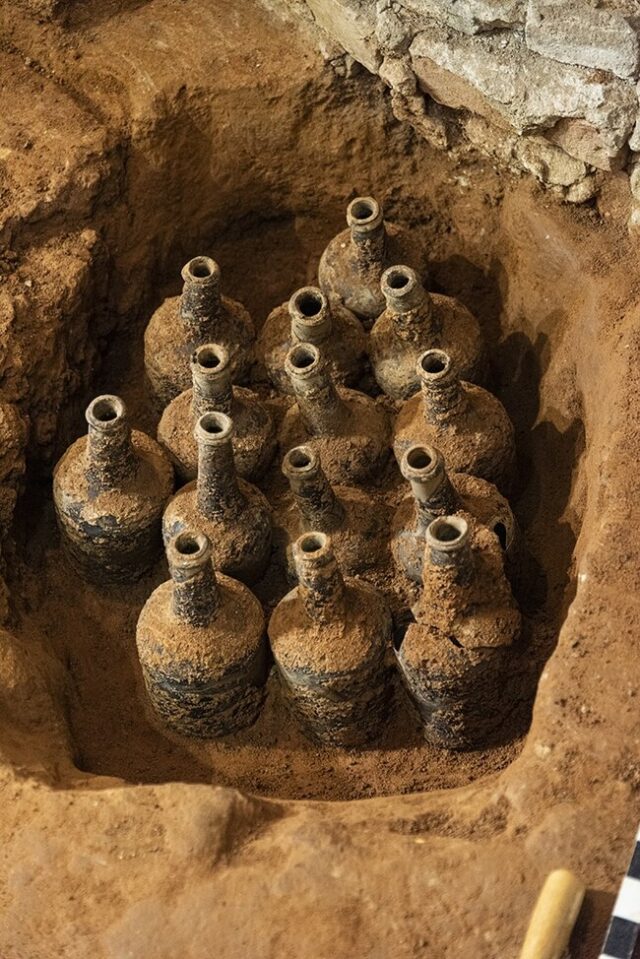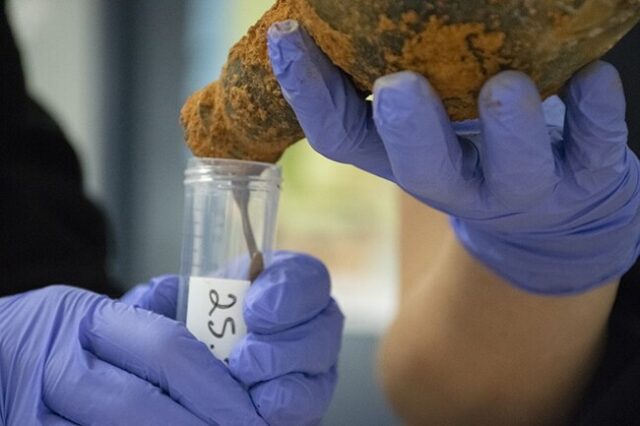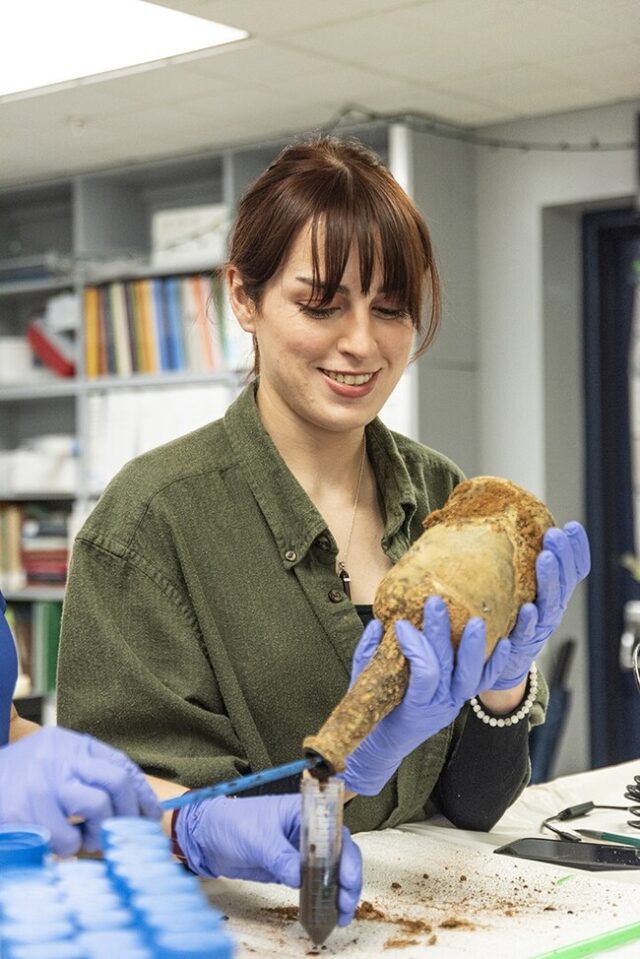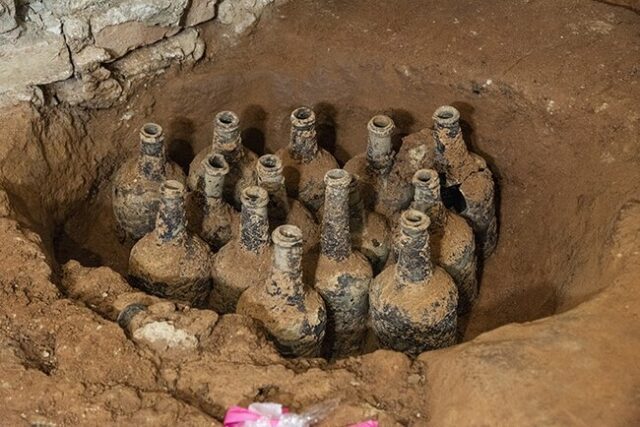
In May 2024, the archaeological community was electrified by a remarkable discovery at George Washington’s estate, Mount Vernon. Initially, two 18th-century bottles were unearthed, containing cherries picked before the founding of the United States. However, this thrilling find soon led to an even more astounding revelation. During the ongoing Mansion Revitalization Project, aimed at preserving the historic home, archaeologists uncovered 35 additional bottles in five storage pits within the cellars, 29 of which contained preserved fruits from Washington’s era. This extraordinary cache, featuring cherries and various berries, is poised to provide invaluable insights into botany, historical agricultural practices, and the early history of Virginia. To ensure their preservation, the bottles have been carefully extracted and refrigerated, with the United States Department of Agriculture’s Agricultural Research Service set to analyze their contents, which include cherry stems, pits, and pulps, showing evidence of meticulous preservation techniques.

The implications of this discovery are profound, with the potential to unravel secrets about 18th-century horticulture and diet. Doug Bradburn, President & CEO of Mount Vernon, highlighted the historical significance, noting that these fruits might not have seen daylight before the American Revolution. Beyond offering a glimpse into the dietary habits of George Washington, the find provides a window into the lives of the estate’s inhabitants, particularly the enslaved individuals who played a crucial role in food preparation. Mount Vernon Principal Archaeologist Jason Boroughs emphasized the rarity of such well-preserved artifacts, which can deepen our understanding of plantation foodways and the origins of American cuisine. He acknowledged the skilled labor of the enslaved cooks, including Doll, who was integral to the estate’s kitchen operations. As restoration efforts continue, further discoveries may illuminate life at Mount Vernon during the 18th century, enriching our historical narrative with each new find.
